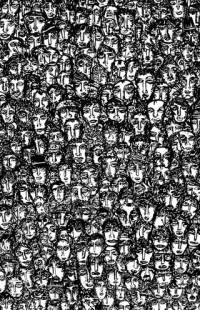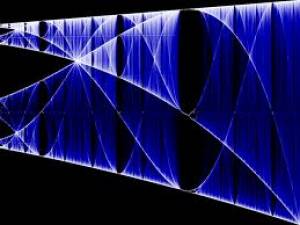Contents
Tutorials
- Population
-
- Structure
-
- Dynamics
-
- Density-independent
-
- Density-dependent
-
- Strutured Population
-
- Metapopulation
-
- Single Species
-
- Two Species
-
- Community
-
- Estrutura
-
- Dynamics and Disturbances
-
- Dinâmicas Neutras
-
- Mathematics & Statistics
-
- Differential and Integral Calculus
-
- Stochastic Processes
-
Links Externos
Visitors





![[[http://en.wikipedia.org/wiki/Marmot]] [[http://en.wikipedia.org/wiki/Marmot]]](/lib/exe/fetch.php?w=150&tok=0e45fb&media=http%3A%2F%2Fupload.wikimedia.org%2Fwikipedia%2Fcommons%2Fthumb%2F3%2F3b%2FMarmot-edit1.jpg%2F320px-Marmot-edit1.jpg)




